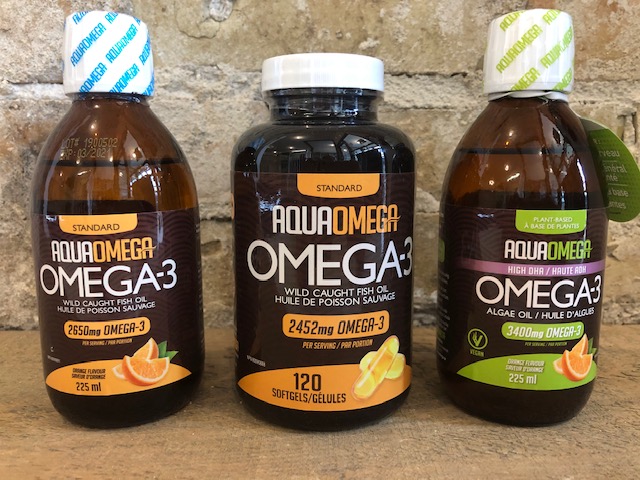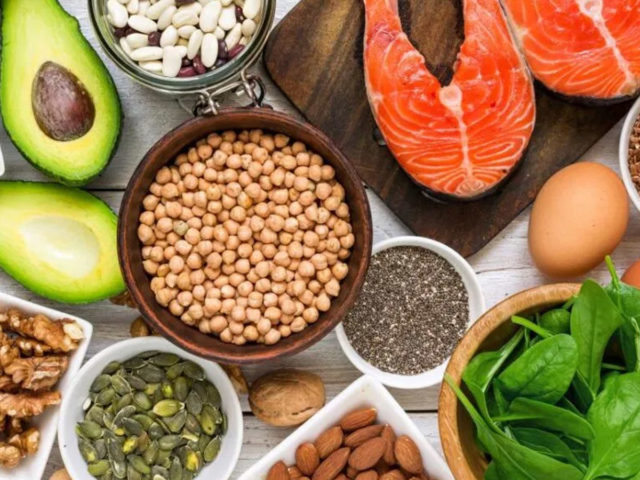Omega-3 fatty acids have gained widespread recognition for their role in promoting overall health and well-being. From cardiovascular health to cognitive function, these essential nutrients play a vital role in various bodily functions. However, despite their importance, many individuals struggle to incorporate an adequate amount of omega-3s into their diets. In this comprehensive guide, we delve into the diverse sources of omega-3s and provide insights into how you can optimize your intake for optimal health.
Understanding Omega-3 Fatty Acids
Before diving into the sources of omega-3s, it’s essential to understand what they are and why they’re crucial for health. Omega-3 fatty acids are a type of polyunsaturated fat that the body cannot produce on its own, making it necessary to obtain them from dietary sources. The three main types of omega-3s include alpha-linolenic acid (ALA), eicosapentaenoic acid (EPA), and docosahexaenoic acid (DHA).
ALA is primarily found in plant sources such as flaxseeds, chia seeds, and walnuts. EPA and DHA, on the other hand, are predominantly found in fatty fish like salmon, mackerel, and sardines. While ALA is beneficial, EPA and DHA offer additional health advantages, particularly concerning heart and brain health.
The Best Sources of Omega-3s
Fatty Fish
Fatty fish are among the richest sources of EPA and DHA omega-3 fatty acids. Incorporating fatty fish into your diet two to three times per week can provide a significant boost to your omega-3 levels. Salmon, trout, mackerel, sardines, and herring are all excellent choices. Opt for wild-caught varieties whenever possible to maximize nutritional benefits.
Flaxseeds and Chia Seeds
For those following a plant-based diet or omega-3 intake, flaxseeds and chia seeds are excellent options. These tiny seeds are packed with ALA omega-3 fatty acids, making them a valuable addition to smoothies, oatmeal, or baked goods. Grinding them before consumption can enhance nutrient absorption.
Walnuts
Walnuts are not only delicious but also a great source of ALA omega-3s. Snacking on a handful of walnuts or adding them to salads and yogurt can contribute to your daily omega-3 intake. Like other plant-based sources, combining walnuts with foods high in vitamin C can enhance absorption.
Hemp Seeds
Hemp seeds are another plant-based omega-3 source that deserves attention. They contain a balanced ratio of omega-3 and omega-6 fatty acids, promoting overall heart health and inflammation reduction. Sprinkle hemp seeds on salads, soups, or yogurt for a nutritious omega-3 boost.
Algal Oil
For individuals following a vegan or vegetarian diet or those who struggle to consume enough omega-3-rich foods, algal oil offers a convenient solution. Algal oil is derived from algae and provides a direct source of DHA and EPA without the need for fish-derived products.

Tips for Maximizing Omega-3 Absorption
In addition to incorporating omega-3-rich foods into your diet, several tips can help optimize absorption and utilization:
- Pair omega-3 foods with a source of fat to enhance absorption.
- Choose whole foods whenever possible for maximum nutrient benefits.
- Limit intake of omega-6 fatty acids, which can compete with omega-3s for absorption.
- Consider cooking methods that preserve omega-3 content, such as steaming or baking, rather than frying.
By implementing these strategies, you can ensure that your body receives the full benefits of omega-3 fatty acids for improved health and well-being.
Conclusion
Omega-3 fatty acids are essential nutrients that play a critical role in maintaining overall health. Whether you prefer to obtain them from the best fish oil supplements, plant-based sources, or incorporating omega-3-rich foods into your diet is key to reaping their numerous benefits. By diversifying your omega-3 sources and following tips for optimal absorption, you can unlock the secrets to achieving optimal health and vitality.





